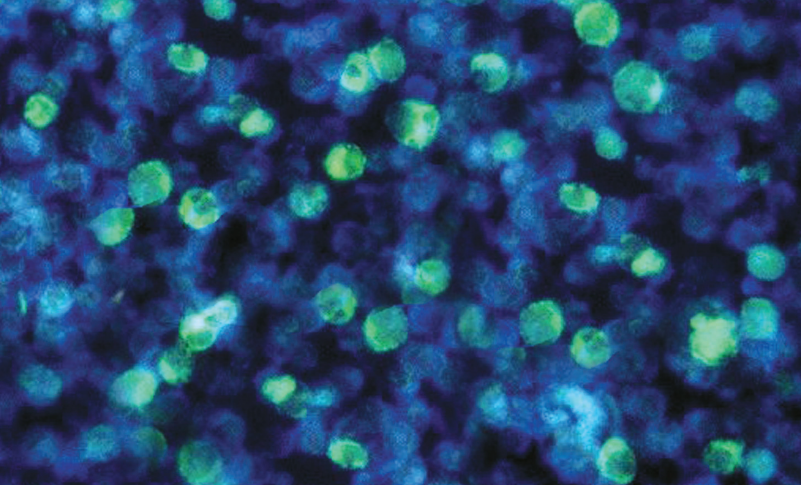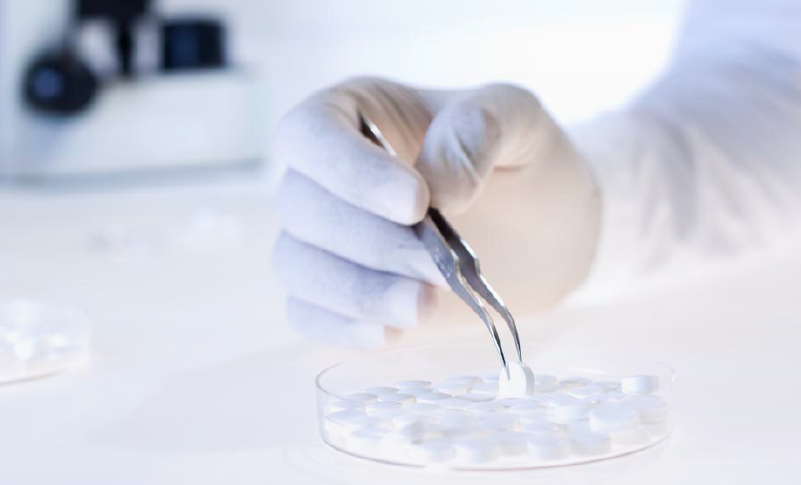Authors: Matthew Hummel, Tjerk Bosje, Andrew Shaw, Mark Shiyao Liu, Abhijit Barve, Mudgal Kothekar, Mark A. Socinski & Cornelius F. Waller
Date: Apr 17th, 2021
Link: https://link.springer.com/article/10.1007/s00432-021-03628-0
Abstract –
Purpose: Bevacizumab is a recombinant humanized monoclonal antibody that inhibits vascular endothelial growth factor-specific angiogenesis in some cancers. MYL-1402O is a proposed bevacizumab biosimilar.
Methods: The primary objective of this single-center, randomized, double-blind, three-arm, parallel-group, phase 1 study in healthy male volunteers was to evaluate bioequivalence of MYL-1402O to EU and US-reference bevacizumab, and EU-reference bevacizumab to US-reference bevacizumab. The primary pharmacokinetic parameter was area under the serum concentration–time curve from 0 extrapolated to infinity (AUC0–∞). Pharmacokinetic parameters were analyzed using general linear models of analysis of variance. Secondary endpoints included safety and tolerability.
Results: Of 111 enrolled subjects, 110 were included in the pharmacokinetic analysis (MYL-1402O, n = 37; EU-reference bevacizumab, n = 36; US-reference bevacizumab, n = 37). Bioequivalence was demonstrated between MYL-1402O and EU-reference bevacizumab, MYL-1402O and US-reference bevacizumab, and between EU- and US-reference bevacizumab where least squares mean ratios of AUC0–∞ were close to 1, and 90% CIs were within the equivalence range (0.80–1.25). Secondary pharmacokinetic parameters (AUC from 0 to time of last quantifiable concentration [AUC0–t], peak serum concentration [Cmax], time to Cmax, elimination rate constant, and elimination half-life) were also comparable, with 90% CIs for ratios of AUC0–t and Cmax within 80–125%. Treatment-emergent adverse events were similar across all three treatment groups and were consistent with clinical data for bevacizumab.
Conclusions: MYL-1402O was well tolerated and demonstrated pharmacokinetic and safety profiles similar to EU-reference bevacizumab and US-reference bevacizumab in healthy male volunteers. No new significant safety issues emerged (ClinicalTrials.gov, NCT02469987; ClinicalTrialsRegister.eu EudraCT, 2014-005621-12; June 12, 2015).
Funding: Open Access funding enabled and organized by Projekt DEAL. This study was supported by Viatris Inc, Canonsburg, PA, and Biocon Ltd, Bangalore, India.







